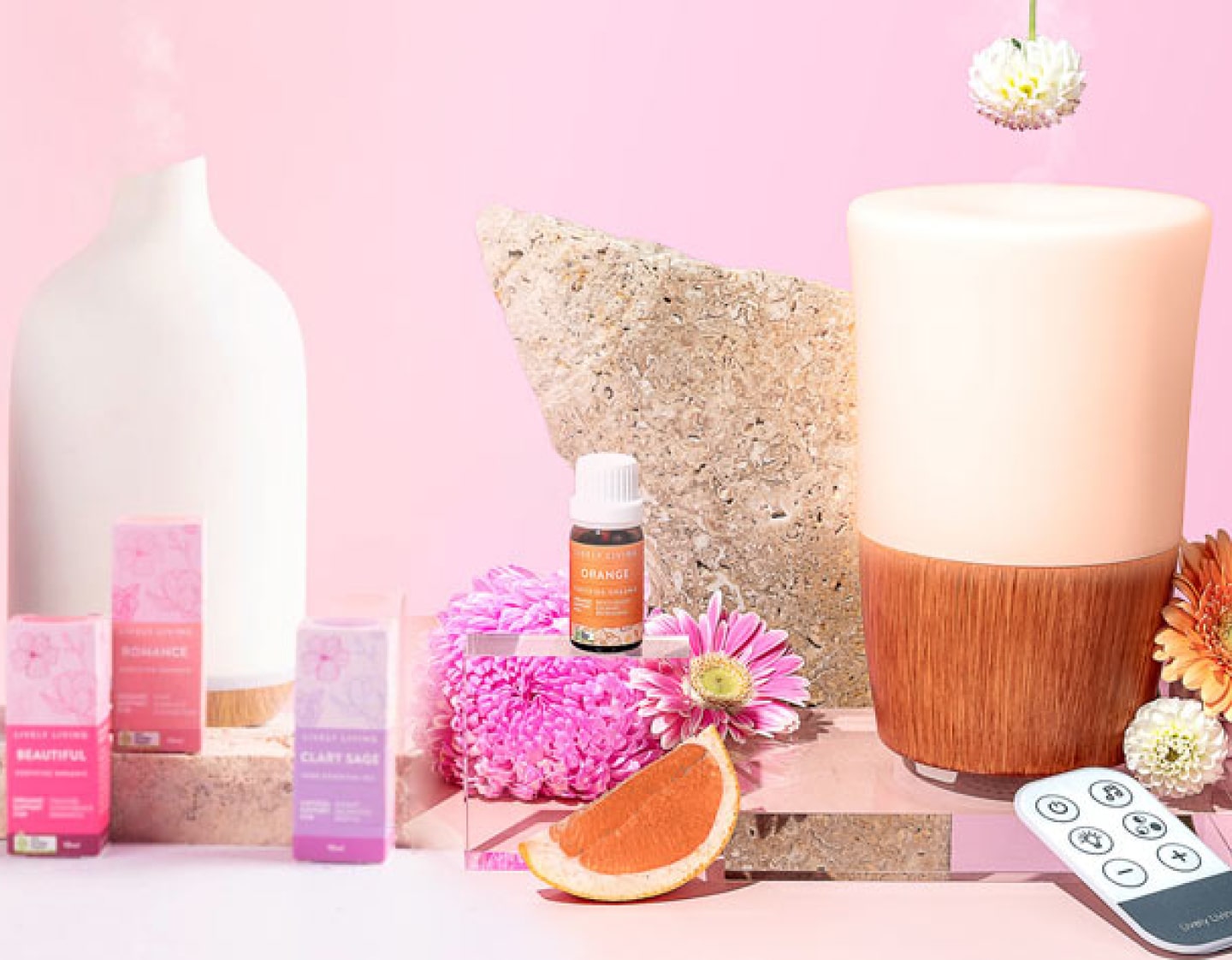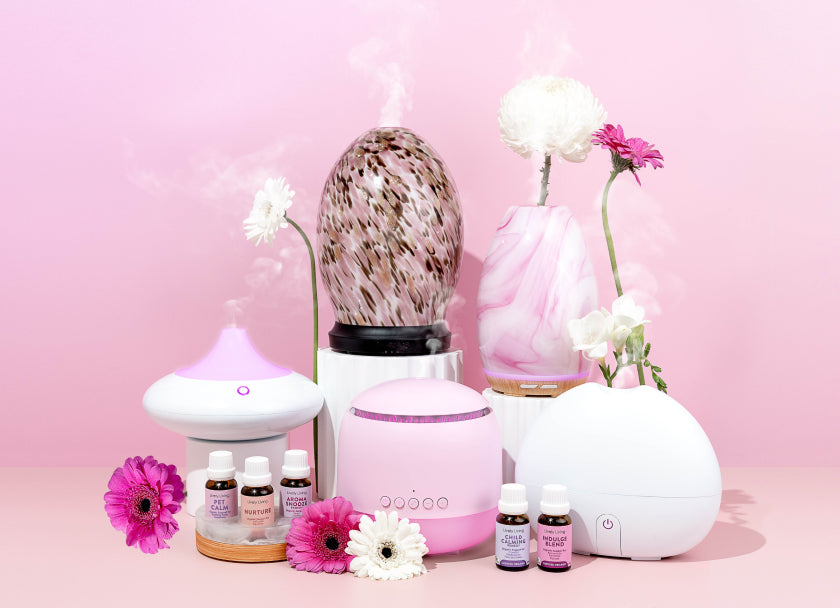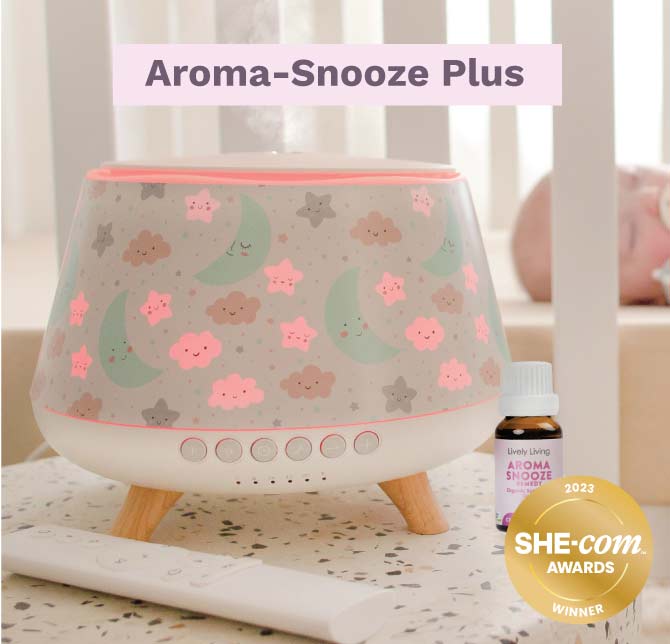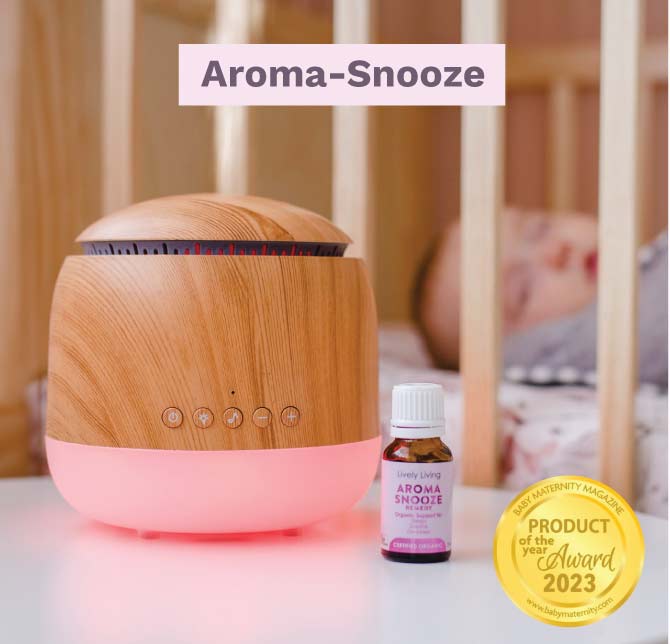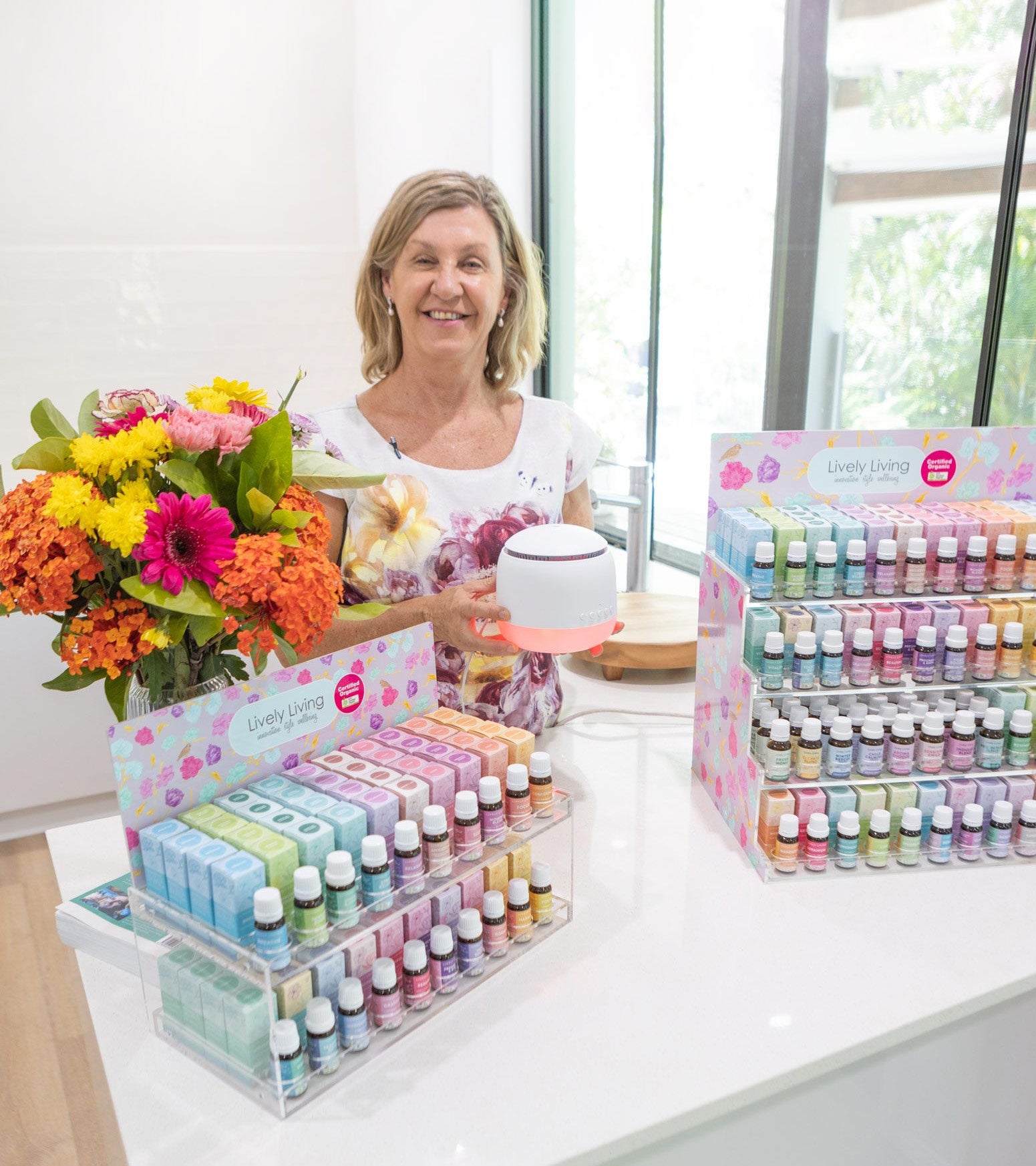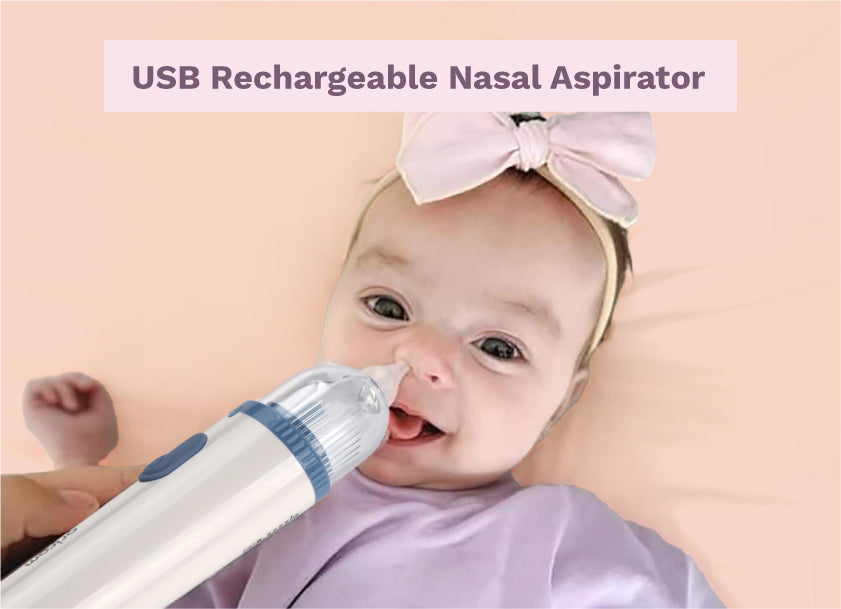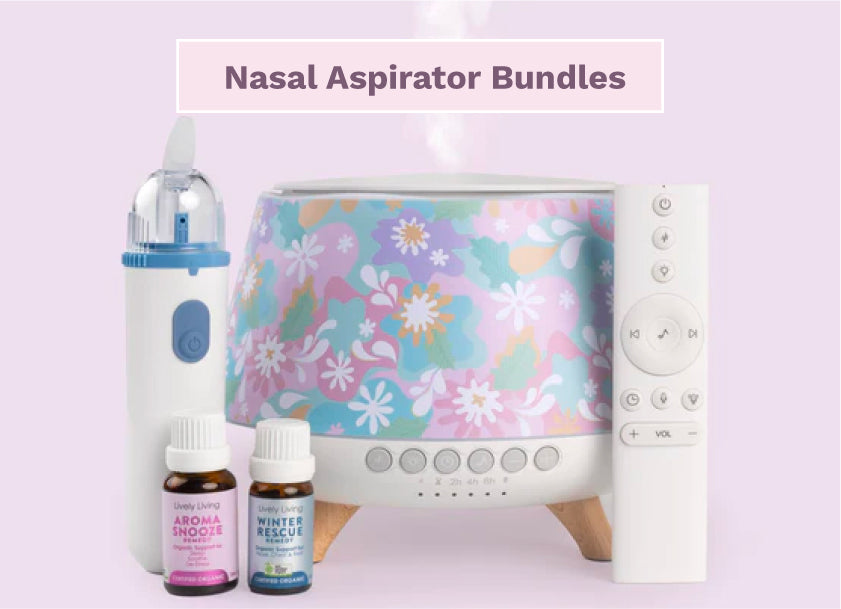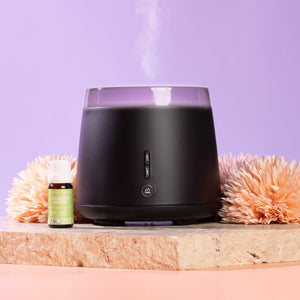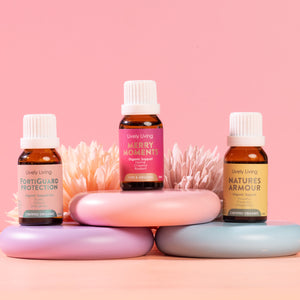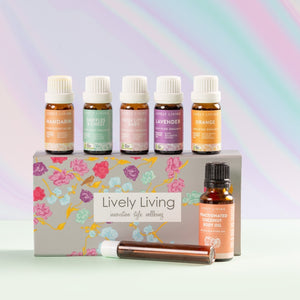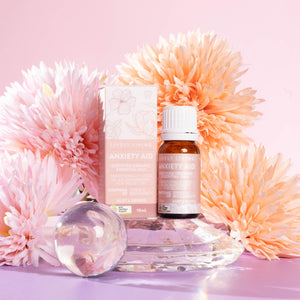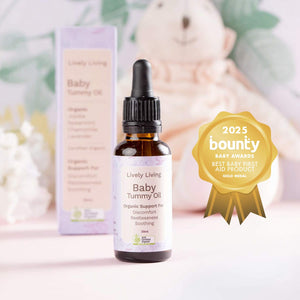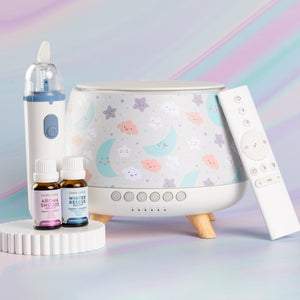How to Use Essential Oil Diffuser for a Fresh Home
So, you've got an essential oil diffuser, or you're thinking about getting one. That's awesome. You're probably wondering exactly how to use essential oil diffuser to make your space smell amazing and elevate your aromatherapy experience. It's easier than you think to fill your home with lovely scents and enjoy potential essential oil benefits.
Maybe you want your living room to feel like a calm spa. Or perhaps you need a little pick-me-up in your home office with a specific oil blend. You'll learn that getting started is simple, and knowing how to use essential oil diffuser correctly can really change the atmosphere of a room and contribute to your mental health.
There are a few kinds of diffusers out there, but they all do one main thing: spread those beautiful essential oil aromas into your air. This guide will walk you through how diffusers work and how to operate them, so you feel confident. Understanding your diffuser essential oil options will also help you get the most oil benefits.
Table Of Contents:
- Getting Started with Your Electric Diffuser
- Using a Candle Diffuser: A Classic Approach
- Reed Diffusers: Effortless All-Day Aroma
- Choosing Your Essential Oils: A Scent for Every Mood
- Important Diffuser Care and Safety Tips
- Conclusion
Getting Started with Your Electric Diffuser
Electric diffusers, especially an ultrasonic diffuser, are super popular for diffusing essential oils. They use water and ultrasonic vibrations to create a fine mist, an efficient way for oil diffused scent to spread. It's a pretty cool way to enjoy essential oil aromatherapy.
Finding the Sweet Spot: Where to Place It
First things first, where should your new electric diffuser, perhaps a diffuser ultrasonic model, live? Think about placing it somewhere near the middle of the room. This helps the scented mist from the essential oil diffusers spread out evenly, allowing everyone to enjoy the lovely aroma.
Make sure it's on a flat, stable surface like a table or a sturdy shelf to prevent spills. Some folks like to put a small mat underneath, just in case a little water mists out, especially when you're first getting used to it. Proper placement is important for optimal diffusion of essential oil.
And, of course, your electric diffuser will need to be plugged in. So, pick a spot that's reasonably close to a power outlet. Avoid stretching cords across walkways for safety when you diffuse essential oils.
Opening Up Your Diffuser: Getting Inside
Most electric diffusers have a top part that comes off to show the water tank inside. Sometimes it twists off, sometimes it pops, and other times it just lifts straight up. Take a gentle try; it's usually not complicated to access the diffuser bowl.
If you're looking at it and scratching your head, don't worry. Your diffuser came with an instruction booklet, your best friend for figuring out the specifics of your model. Manufacturers know their designs best and will explain how their diffusers work.
Some diffusers might even have two covers. You might lift off a decorative outer lid and find another, simpler lid underneath that seals the tank. If you see that, just remove the inner one too to get to the water reservoir for adding water and your chosen diffuser oils.
Water Works: Filling It Right
Now for the water. Grab a small cup or measuring jug for adding water. You'll want to use room temperature water, as water that's too hot or too cold might not work as well with the diffusing mechanism of your essential oil diffuser.
Look inside the tank; you should see a fill line, often a little mark or ridge. Carefully pour the water in, stopping at that line. Some diffusers come with their own special measuring cup that holds exactly the right amount – handy.
It's important not to overfill it, as too much water can stop the diffuser from misting properly or even cause spills. Just stick to that fill line, and your experience with essential oils will be great. Remember to mix water with oils correctly.
The Magic Drops: Adding Essential Oils
This is the fun part. Choose your favorite essential oil or create an essential oil blend. Generally, you'll add between 3 to 10 drops of essential oil into the water; a common middle ground is about 5 to 7 drops for a standard size room.
You can even mix oils if you're feeling creative, developing your own oil blend. If you use two different essential oils, maybe try 3 drops of each, keeping the total number of drops within that 3 to 10 range. Too much oil can be overpowering and may not provide the desired therapeutic benefits.
Think about your room size too; smaller spaces might only need 3 or 4 drops to smell wonderful. It's always a good idea to start with fewer drops of essential oil. You can always add a drop or two more next time if you want the oil to smell stronger.
Powering On and Enjoying the Aroma
Once your water and essential oils are in, put the lid (or lids) back on securely. Make sure everything clicks or sits in place as it should. Plug it in and find the power button, usually on the front or side of the oil diffuser.
Press it, and you should see a gentle mist start to appear, carrying that beautiful scent from the essential oil. Many electric essential oil diffusers also have light options or different mist settings (like continuous or intermittent). Again, your trusty instruction manual will explain any extra features your specific diffuser has for your aromatherapy experience.
Now, just relax and enjoy the lovely fragrance filling your space. The process of how diffusers work through ultrasonic vibrations dispersing fine particles of essential oil and water is quite effective for enjoying oil aromatherapy.
Using a Candle Diffuser: A Classic Approach
Candle diffusers, sometimes called oil burners, have a timeless charm for essential oil aromatherapy. They use the gentle heat of a small candle to warm water and essential oils, releasing their scent into the air. It's a more traditional way to get those aromas flowing from diffuser oils.
Prime Placement for Scent and Safety
Where you put your candle diffuser matters for both scent and safety. Choose a spot where people move around a bit; the air movement will help carry the fragrance through the room. A coffee table or a mantelpiece can work well for these oil diffusers.
It absolutely must be on a flat, stable surface because there's an open flame; you need to be extra careful it won't get knocked over. Keep it away from curtains, papers, or anything flammable, and out of reach of young children and pets. Safety is paramount when using devices with open flames.
Water and Oils – The Perfect Mix
Look at the little diffuser bowl or reservoir on top of your candle diffuser. Fill this with water. If there isn't a fill line, filling it about halfway is a good rule of thumb to prevent any bubbling over when you mix water and essential oil.
Always put the water in first before adding water to the oils. Then, add your essential oils. For candle diffusers, you generally need fewer drops, maybe 2 to 4, as the heat can make the scent quite strong, so a little goes a long way.
You can blend essential oils here too, but stick to that small total number of drops. Experiment to see what strength you like for your space. You might find you prefer a subtler scent with this type of diffuser essential oil setup, as the oil evaporates with heat.
Light It Up: Let the Scent Begin
Place a small candle, like a tealight, in the designated spot underneath the water reservoir. Use a long match or a long-nosed lighter to light the candle safely. Avoid tilting the diffuser once the candle is lit and the essential oil is warming.
The candle will gently heat the water and oils above it. Soon, you'll start to notice the aroma as the essential oil evaporates. Candle diffusers often run for 3 to 4 hours, or until the tealight burns out or the water in the diffuser bowl evaporates.
It's really important to keep an eye on a candle diffuser while it's in use; never leave it unattended. Once most of the water has evaporated or you can't smell the oil anymore, carefully blow out the candle. Let it cool completely before moving or performing diffuser cleaning.
Reed Diffusers: Effortless All-Day Aroma
Reed diffusers are fantastic if you want a constant, gentle fragrance without any electricity or flame. They use natural reed sticks to draw up the essential oil blend and release it into the air. It's a very low-maintenance way how to use essential oil diffuser, and many reed diffusers come in attractive designs.
Strategic Spotting for Constant Scent
Because reed diffusers work passively, they rely on air circulation to spread their scent. So, put your reed diffuser in a place where there's a bit of foot traffic. A hallway, entryway, or a living room where people pass by are good choices for these oil diffusers.
The more air moves around the reeds, the more scent will be dispersed. Think about areas where you'll catch a pleasant whiff as you walk by. They can also be great for smaller spaces like bathrooms, offering continuous essential oil benefits.
Filling Your Reed Diffuser: The Oil Base
Many reed diffusers come as a set, with a bottle of scented oil and the reeds. If so, simply pour the oil from its container into the diffuser bottle. Do this carefully to avoid spills; a small funnel can be helpful if the opening is narrow for your essential oil.
Unlike electric or candle diffusers, you don't typically swap out scents frequently with a reed diffuser. You fill it with an oil blend designed for this purpose, and it lasts for weeks or even months. So, pick a scent you really enjoy for your essential oil aromatherapy.
To make your own reed diffuser solution, you can use a carrier oil like fractionated coconut oil or jojoba oil mixed with your favorite essential oils. A common ratio is about 70% carrier oil to 30% essential oil, or you can start with about ¼ cup of carrier oil and add 20-30 drops of essential oil, adjusting to your preference. Some people also add a small amount of rubbing alcohol to help the oil travel up the reeds soak more efficiently.
Adding and Arranging the Reeds
Once the oil is in the bottle, it's time for the reed sticks. Gather the reeds that came with your diffuser or new ones if you're making your own blend. Gently place them into the bottle so they are submerged in the oil; the reeds soak up the oil.
Spread the reed sticks out a bit so they aren't all clumped together. This allows for better air flow around them and helps distribute the scent more effectively as the essential oil evaporates. The oil will travel up the length of the reeds and then release into the air, carrying the aroma with it.
The number of reed sticks you use affects the strength of the fragrance. More reeds usually mean a stronger scent. For a small room or if you prefer a lighter aroma, you might start with just a few reeds and add more if you want it stronger; just flip reeds occasionally to refresh.
Keeping the Scent Fresh: Flip Those Reeds
After about a week, you might notice the scent from your reed diffuser isn't as strong as it was. This is perfectly normal as the exposed, soaked ends of the reeds can get a bit saturated or dry out. The rate at which oil evaporates can slow down.
To refresh the fragrance, carefully take the reed sticks out, flip reeds over, and put the previously dry ends into the oil. The newly oil-soaked ends will now be exposed to the air, releasing more scent. Doing this once a week or so should keep your room smelling lovely and ensure the reeds soak efficiently.
When you flip reeds, it's a good idea to do it over a paper towel or your sink. This can catch any drips of oil and save you a cleanup job, keeping your essential oil diffuser setup tidy.
Choosing Your Essential Oils: A Scent for Every Mood
Part of the joy of using an oil diffuser is picking out the essential oils. There are so many, and they can really influence the feeling of a room. Here are a few popular choices to get you started, along with some of their commonly noted oil benefits and potential therapeutic benefits.
Below is a table with some popular essential oils and their common uses for your aromatherapy experience:
| Essential Oil | Primary Scent | Commonly Associated Benefits |
|---|---|---|
| Lemon | Zesty, Bright, Citrusy | Uplifting, Energizing, Mood-boosting |
| Cinnamon Bark | Warm, Spicy, Sweet | Comforting, Inviting, Warming |
| Lavender Essential Oil | Floral, Soft, Herbaceous | Calming, Soothing, Relaxing, May help relieve anxiety |
| Peppermint | Sharp, Cool, Minty | Alertness, Focus, Refreshing, Can ease stuffiness |
| Tea Tree Oil | Medicinal, Fresh, Camphorous | Cleansing, Purifying, (Used topically, less for diffusion alone for scent) |
| Bergamot Essential Oil | Citrusy, Floral, Slightly Spicy | Uplifting, Mood-enhancing, May help relieve anxiety |
| Eucalyptus | Strong, Camphorous, Airy | Supports clear breathing, Invigorating |
| Chamomile | Sweet, Apple-like, Herbaceous | Calming, Soothing, Promotes relaxation |
Lemon: Zesty and Bright
Lemon essential oil is like a burst of sunshine, offering a super fresh, clean, and citrusy aroma. Many people find it uplifting and energizing. Some research into aromatherapy benefits suggests lemon oil might even help improve mood and reduce feelings of stress.
If you want an essential oil blend to wake you up, try a few drops of lemon with peppermint and rosemary. It's a really invigorating combination for your diffuser, perfect for enhancing focus and experiencing essential oil benefits.
Cinnamon Bark: Warm and Cozy
Cinnamon bark oil is all about warmth and comfort, different from plain cinnamon essential oil. It has a sweet, spicy scent that can make your home feel incredibly inviting, especially during colder months. It's like having freshly baked cinnamon rolls in the oven, but without the calories.
For a wonderful autumn or holiday vibe, try blending cinnamon bark oil with orange and ginger. It creates a rich, welcoming aroma that's perfect for Thanksgiving or just a cozy evening in, showcasing the diverse oil benefits.
Lavender Essential Oil: Calm and Soothing
Lavender essential oil is probably one of the most well-known essential oils, and for good reason. Lavender essential qualities include a beautiful, soft floral scent that's famous for its calming properties. Many people diffuse lavender essential oil in the evening to help them relax, relieve anxiety, and prepare for a good night's sleep.
Want a delightful summertime scent? Mix lavender essential oil with a bit of grapefruit, lemon, and a touch of spearmint. It's a fresh and cheerful oil blend that's light and airy.
Peppermint: Fresh and Alert
Peppermint essential oil is sharp, cool, and minty. It's a fantastic oil for when you need a bit of a mental boost. That clean, refreshing aroma can help you feel more awake and focused, great for a home office or study area.
If you're feeling a bit stuffy, try mixing peppermint oil with eucalyptus oil. This combination is often used to help open up airways and can make breathing feel easier when inhaling essential oils through diffusion. Just a few drops can make a big difference.
Tea Tree Oil: Cleansing and Medicinal
Tea tree oil, also known as melaleuca oil, has a strong, medicinal, and fresh aroma. While often used for its topical benefits, diffusing tea tree oil can help purify the air due to its cleansing properties. Many appreciate tree oil for its robust character.
For a cleansing air blend, consider a few drops of tea tree oil with lemon and eucalyptus. It's a potent combination, so use sparingly. Ensure any information about how essential oils treat conditions is medically reviewed or comes from peer-reviewed studies.
Bergamot Essential Oil: Uplifting Citrus Floral
Bergamot essential oil offers a unique citrusy aroma with floral and slightly spicy undertones. It's known for its mood-lifting properties and can help relieve anxiety and stress. Bergamot essential qualities make it a favorite in many essential oil blends for promoting a positive atmosphere.
Try blending bergamot essential oil with lavender essential oil and frankincense for a calming yet uplifting aroma. This oil blend is excellent for creating a serene environment. When you choose your oils consider their individual properties and how they might combine.
A Little Note on Oil Quality and Shopping
When you're picking out essential oils or fragrance oils, try to choose good quality ones from brands you trust. You're going to be breathing these aromas in from your oil diffuser, so you want them to be pure. Sometimes very cheap oils might not be 100% essential oil or could contain synthetic fragrances, which don't offer the same therapeutic benefits.
Reading labels and perhaps looking up company reviews can give you more confidence. When you shop diffusers and oils online, look for transparency. Check if they provide batch-specific GC/MS reports for their essential oils. Some sites may have featured products or gift sets, which can be a good way to try new scents. If you create account on a seller's website, review their privacy policy and rights reserved statements.
A good quality essential oil will give you the best scent experience and ensure you're getting the potential essential oil benefits. Be wary of claims that essential oils treat serious medical conditions without consulting a healthcare professional; always seek information that is content accurate and, where appropriate, medically reviewed.
Understanding Carrier Oils
While not directly used in most ultrasonic diffusers, carrier oils are important if you're making your own reed diffuser blends or using essential oils topically. A carrier oil is a vegetable oil derived from the fatty portion of a plant, usually from the seeds, kernels, or nuts. Examples include fractionated coconut oil, jojoba oil, almond oil, and even regular coconut oil (though fractionated coconut oil stays liquid).
Fractionated coconut oil is a popular choice because it's light, odorless, and has a long shelf life. Jojoba oil closely mimics the skin's natural sebum. These oils dilute concentrated essential oils, making them safe for skin application and helping to disperse them in reed diffusers. When using oils you're applying to skin or in DIY projects, understanding carrier oil properties is useful.
Important Diffuser Care and Safety Tips
Using your oil diffuser safely and keeping it in good shape will ensure you can enjoy it for a long time. Here are a few key things to remember for your essential oil aromatherapy journey. This includes regular diffuser cleaning.
Keeping it Clean
Over time, oil residue can build up in your essential oil diffuser. This is especially true for electric and candle types. Regularly cleaning your diffuser helps it work efficiently and keeps your scents pure, ensuring a pleasant aromatherapy experience.
For electric diffusers, unplug it first. Empty any remaining water. Then, gently wipe out the inside of the tank with a soft cloth. Some manufacturers suggest using a cotton swab dipped in a little rubbing alcohol for stubborn spots, but always check your manual for specific diffuser cleaning advice. A very dilute white vinegar solution (e.g., 10 parts water to 1 part vinegar) run for a short cycle or wiped can also sometimes be used if recommended for your model to help remove mineral buildup.
Candle diffusers should be allowed to cool completely. Then, wipe out the water/oil reservoir. For reed diffusers, you might occasionally want to wipe down the bottle, especially when changing the oil, but they generally need less frequent cleaning. Regular diffuser cleaning ensures your device functions well and doesn't mix old oil residues with new ones.
Water Wisdom (for some types)
Here's a simple but important tip, especially for electric ultrasonic diffusers and candle diffusers: always add the water to the reservoir before you add the essential oils. This helps the essential oil disperse properly in the water when you mix water and oil.
It's just a good habit to get into when preparing your essential oil diffusers. Water first, then your lovely oil drops. This simple step can improve how your diffuser essential oil setup performs.
Thinking About Your Furry Friends and Young Children
We love our pets and young children. But it's important to know that some essential oils can be irritating or even harmful to animals, especially cats and dogs, because their bodies process things differently. Similarly, young children can be more sensitive to strong scents and the effects of inhaling essential oils.
Before you start diffusing oils regularly around your pets or young children, it's a good idea to talk to your veterinarian or pediatrician. They can give you advice on which oils are safer and how to diffuse responsibly. Resources from organizations like the ASPCA can also give guidance on essential oil safety around pets. Make sure pets and children can leave the room if the scent is too strong for them and never apply undiluted essential oils directly to their skin. Some essential oils treat common human complaints but might be toxic to animals.
Electrical Smarts (for electric types)
Water and electricity don't mix well. So, when you're using an electric essential oil diffuser, always be careful. Make sure your hands are dry when plugging it in or unplugging it.
Try not to spill water on the outside of the diffuser, especially near the power button or where the cord connects. If you do spill, unplug it immediately and dry it thoroughly before using it again. This caution is standard for any device that combines liquids and electricity.
Read the Manual – Seriously.
This might be the most important tip of all. Every essential oil diffuser is a little different. Your manufacturer's instruction booklet contains specific information about how to use, clean, and care for your particular model, including how that specific diffuser essential oil system works.
Following those instructions will help your diffuser work its best and can also be important for any warranty coverage. So, take a few minutes to read through it. It's worth it for a long-lasting aromatherapy experience.
A Note on Health Claims and Inhaling Essential Oils
While many find essential oils offer therapeutic benefits and support mental health or relieve anxiety, it's important to approach health claims with care. Scientific evidence, such as from a systemic review or peer-reviewed studies, varies for different oils and applications. Inhaling essential oils allows them to enter your system, so choose quality oils and use them mindfully.
Some oils are traditionally associated with enhancing romantic moods, potentially touching on sexual health, but these effects are subjective and not clinically proven. If you have specific health concerns or are wondering if essential oils treat particular conditions, consult a healthcare professional. Ensure the information you rely on is content accurate and ideally medically reviewed.
Conclusion
You see? Figuring out how to use essential oil diffuser isn't complicated at all. Whether you choose an electric ultrasonic diffuser, candle oil diffusers, or reed diffusers, you're now ready to fill your home with wonderful, mood-lifting aromas from various essential oil blends. It's a simple way to make your living spaces feel more personal and inviting, enhancing your overall aromatherapy experience.
Experiment with different essential oils, explore the world of diffuser oils, and find your favorite essential oil blend. Enjoy the process of making your home smell just the way you like it and tapping into potential oil benefits. Happy diffusing and exploring the delightful possibilities that essential oils offer.

